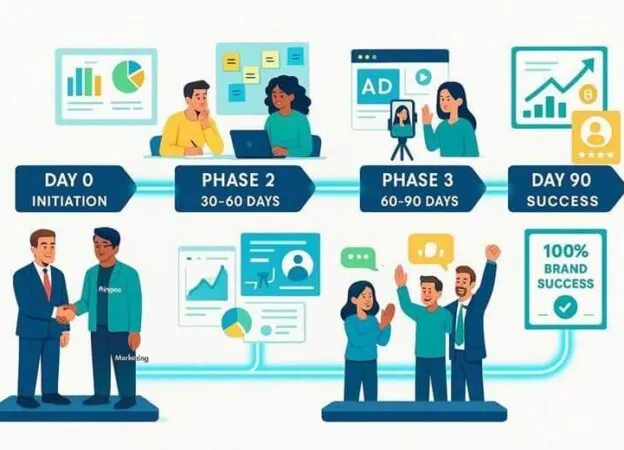Website visitors are a great thing. Like store footfall, these are potential sales opportunities right at your door. And, in an ideal world, whatever you’re doing online will be strong enough to turn those clicks into conversions. But what if they click away from your website?
Table of Contents
But conversion rates aren’t the only important metric when it comes to measuring online success. In reality, you have as much, if not more, to learn from the consumers who don’t stick around long enough to buy.

Known as website exits, metrics like bounces, back buttons, and outbound clicks can all be incredibly telling. But, seeing that people aren’t sticking around is only half of the picture. To get real value from these metrics, it’s also worth considering what customers are trying to say when they click away.
This isn’t always an easy thing to distinguish, but looking at important metrics like where consumers click off your page, and how quickly that happens, can help you to distinguish crucial messages like the following.
On this post, let’s take a closer look at the real reason why potential customers click away from your website.

# 1 – Your website is too complex
If consumers click away from your website too quickly, or before they’ve left your home page, it’s a sure sign of a complex website that doesn’t appeal. After all, as well as looking overwhelming, a page that’s overloaded with information, ads, or pictures will load slowly. And, these days, 40% of users will click off if a page hasn’t loaded in 3 seconds.
So, what should you do with this message? Firstly, you must optimise your page. This means simplifying your layout, compressing a limited number of images, and limiting the use of things like external scripts.
Think of it this way – you need your website to run like a well-oiled machine, but you’re no engineer. So, the fewer parts you have to contend with, the easier it will be to keep your page up and running. Strip back, keep things basic, and you should find that customers start sending a very different message your way.
# 2 – You’re failing to meet my needs
Over 60% of website traffic now comes from mobile devices. After all, most of us browse during our commutes, or when we’re out and about with nothing but our phones for company.
But not any old website will look good, or even perform functionally, on a mobile. In fact, without mobile optimisation, your website is unlikely to even fit on a mobile screen. And, when there are plenty of other websites out there that will, consumers have no reason to faff around with your poorly planned site.
Luckily, this is an easy message to spot. Simply take note of where your traffic is coming from, and how many of those using mobile click off before even interacting with your on-page links.
If those numbers are high, then you must prioritise responsive web design as soon as possible. This will allow you to meet the needs of your consumers, and is sure to increase your conversions overnight.

# 3 – Your hook isn’t strong enough
In some instances, your consumers click away from your website through from things like your social accounts, high exit rates could signify a lacklustre hook. After all, online markets are highly competitive. Calls to action (CTAs) are a key element in standing above the competition, and securing any conversions online.
The fact that people are clicking on your website in the first place suggests that your CTAs are, at least in part, serving their purpose. But, if those clicks head right back away, then your overall CTA hooks obviously aren’t quite hitting the mark.
In this instance, it’s always worth thinking about buying incentives. After all, those clicks have no real loyalty to your brand, and if they’re going to put in the effort to sign up for your services or buy your products, you’ll need to make it worthwhile.
For social media click-throughs, in particular, this could mean follower discounts, gamification marketing, or even just conversion incentives like free ebooks or merch for email sign-ups.
All of this will keep people on your site and, more importantly, will ensure that they interact in some way before customers click away from your website again.
When Customers Click Away From Your Website
What should you take away from what your exit rates have to say? High website exit rates are an obvious problem and, in the majority of cases, they happen for a few key reasons.
Like responding to and improving in light of your reviews, paying attention to your website exits, and the reasons behind them, can help you to improve your website enough that consumers stick around, and even convert, at long last.



